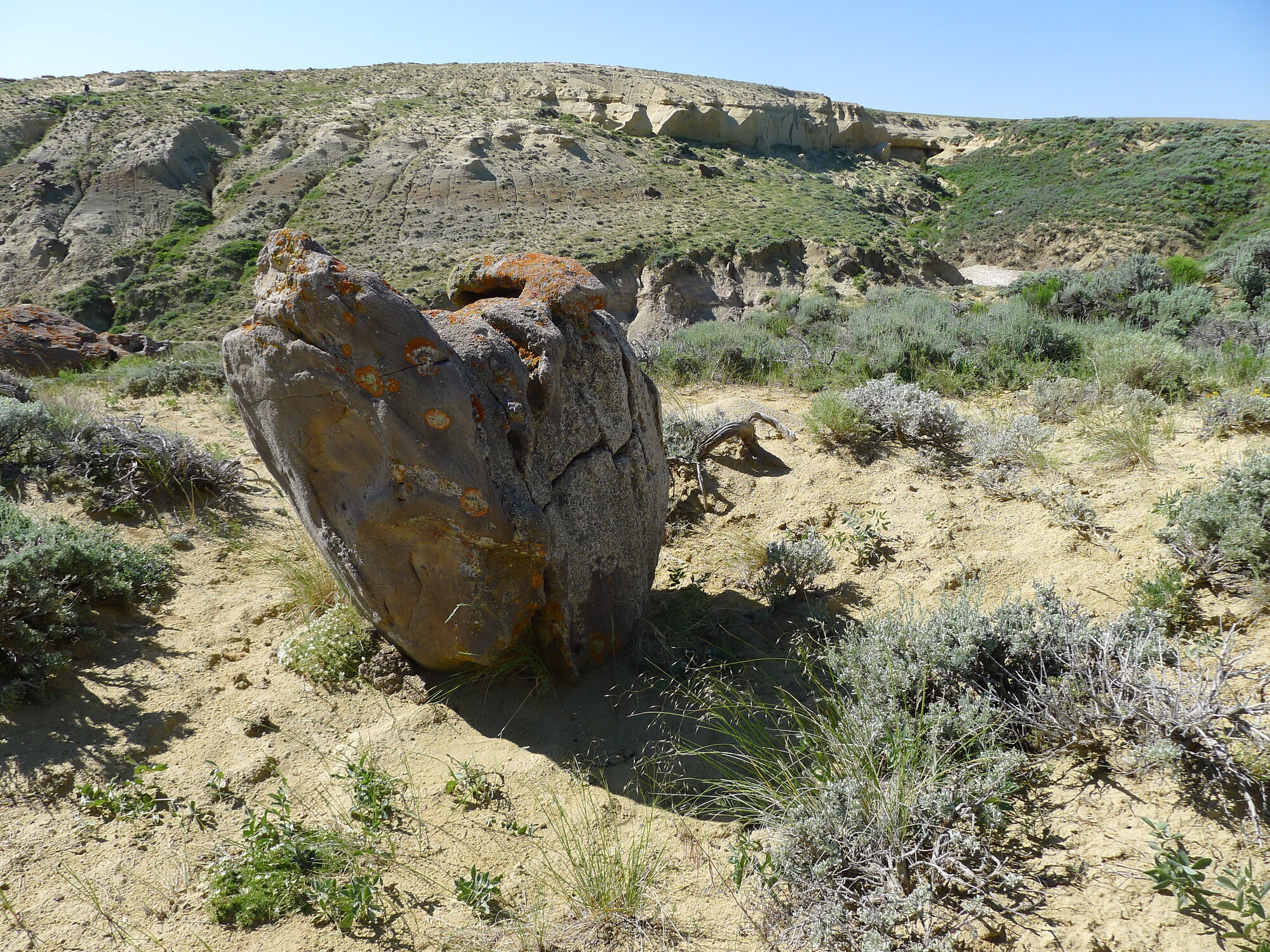NEWS RELEASE: Wyoming Geological Survey Publishes Annual Uranium, Oil and Gas Summary Reports
Wyoming State Geological Survey sent this bulletin at 01/09/2024 08:22 AM MST
January 9, 2024
******FOR IMMEDIATE RELEASE******
Media Contact:
Christina George
christina.george@wyo.gov
WSGS Publishes Annual Uranium, Oil and Gas Summary Reports
Two Wyoming State Geological Survey (WSGS) summary reports, released today, offer a snapshot of how the uranium and oil and natural gas industries fared in Wyoming last year. Overall, the news is positive, with growing optimism for uranium production at both the state and national levels, and a slight uptick in oil production. However, natural gas production in the state continued its several-years steady decline.
“Wyoming is at the forefront nationally in terms of uranium production and nuclear facility development, as well as implementation of legislation focusing on multiple uses of the subsurface,” says Dr. Erin Campbell, State Geologist and director of the WSGS. “Wyoming’s geology makes it appealing to a variety of energy and mineral industries, and our state has been extremely proactive in advocating for these industries.”
Uranium
Improved uranium prices, combined with growing support for nuclear energy as well as geopolitical events, boosted interest in U.S. uranium last year. This is good news for Wyoming, which holds the largest-known economic uranium ore reserves in the United States. It also comes after a period of negligible domestic production.
With the positive shift, uranium companies have refocused on Wyoming mines by increasing staff, expanding facilities, and investing in additional exploration. This has led to the resumption of commercial production at the Lost Creek ISR Mine in Carbon County, the first uranium mine in the country to ramp up operations in response to higher prices and increasing sales contracts.
Oil and natural gas
Oil production is growing nationwide. This includes production in Wyoming, albeit at a slower rate. Oil production in the state in 2023 is expected to total more than 93 million barrels, once numbers are finalized in the coming months. Also, despite Wyoming 2023 crude oil prices remaining lower than 2022, prices continue to show significant recovery from the pandemic lows.
Even though natural gas production is on the rise in the United States as a whole, production in Wyoming has steadily decreased since the height of the coalbed methane boom in 2009; last year was no exception due to few new gas wells being drilled. Natural gas production in 2023 is estimated to total about 1.2 trillion cubic feet, which is about 100 billion cubic feet less than 2022 production.
This year’s oil and gas summary also includes information on pore space and carbon capture, use, and storage (CCUS). Pore space refers to the gap between particles in a rock that can hold oil, gas, water, or other fluids. The goal of CCUS is to permanently sequester carbon dioxide underground in these pore spaces—or to repurpose the gas for other uses—instead of adding it to the atmosphere.
The report explains why Wyoming is a prime location for CCUS, in addition to providing a brief overview of the geology of carbon capture and storage, the legal framework, planned CCUS projects in Wyoming, as well as several links for additional CCUS-related resources.
Both reports are available as free downloads from the WSGS website. Summary reports are published annually to highlight developments in Wyoming's mineral industries and other important geologic topics in the state. More in-depth information can be found in other WSGS publications, on the website, or by contacting the agency and its staff geologists.

(Caption: Maroon concretion of coarse arkosic sandstone from the Battle Springs Formation in the Great Divide Basin. In 2023, the nearby Lost Creek Mine resumed commercial production of uranium, the first in the country to do so. Lost Creek targets roll-front uranium deposits hosted in arkosic sandstones of the Battle Springs Formation. WSGS photo)

(Caption: Rock Springs Formation near Superior. Southwestern Wyoming, known for its abundance of natural resources, is also the site of several upcoming projects focused on carbon capture and storage. WSGS photo)

